Classic gear interview: Guitar effects expert Pete Cornish on getting the best out of your pedals
Pete Cornish has been making pedalboards, switching systems and effects for the stars for over 30 years...
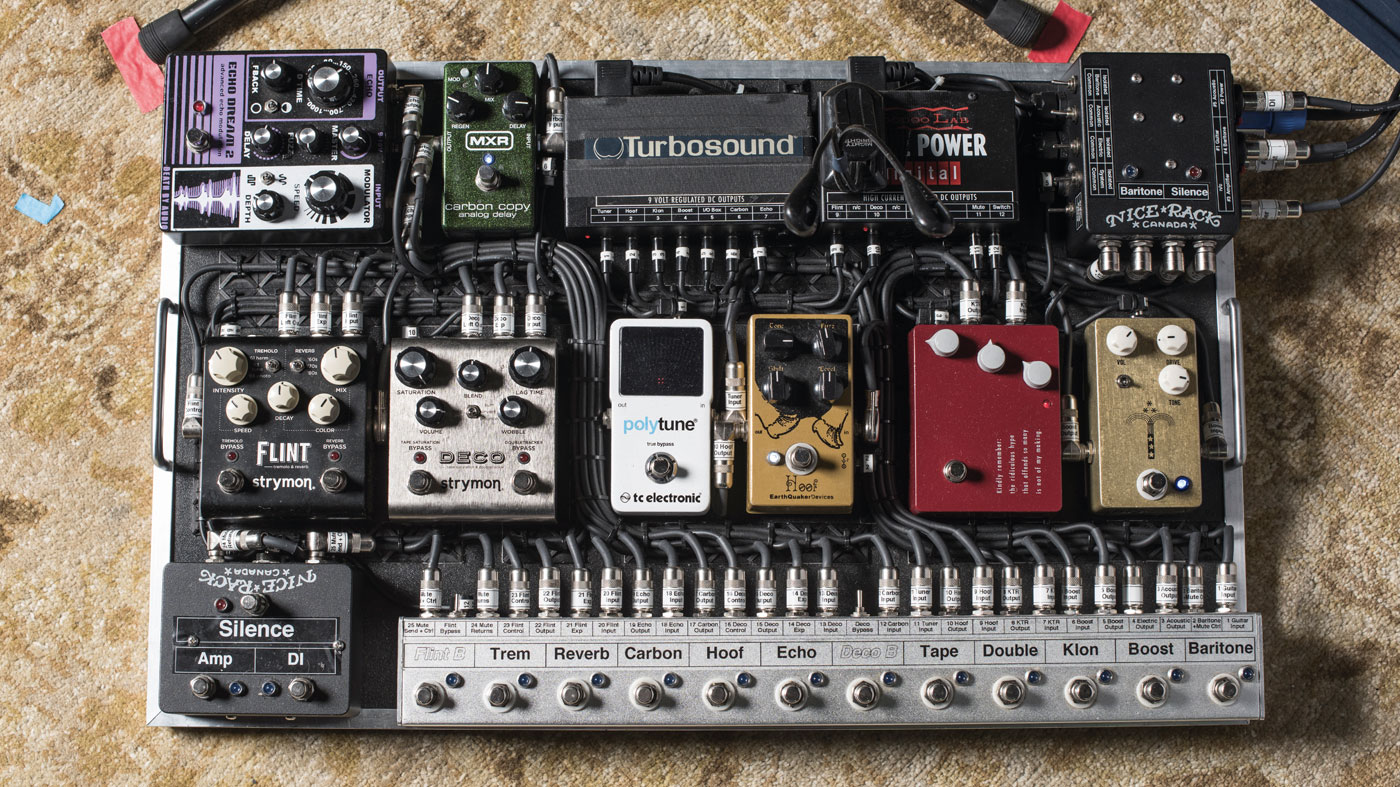
Pete Cornish's client list is a veritable who's who of professional guitarists, including Pink Floyd, Muse, Paul McCartney and The Police. Trained by the MOD, Cornish's pedalboards and effects pedal switching systems are serious works of art designed to simply be the most reliable and electrically transparent available.
We've all experienced the tone-sucking effects of a chain of pedals, so we wondered what advice we could glean from the master...
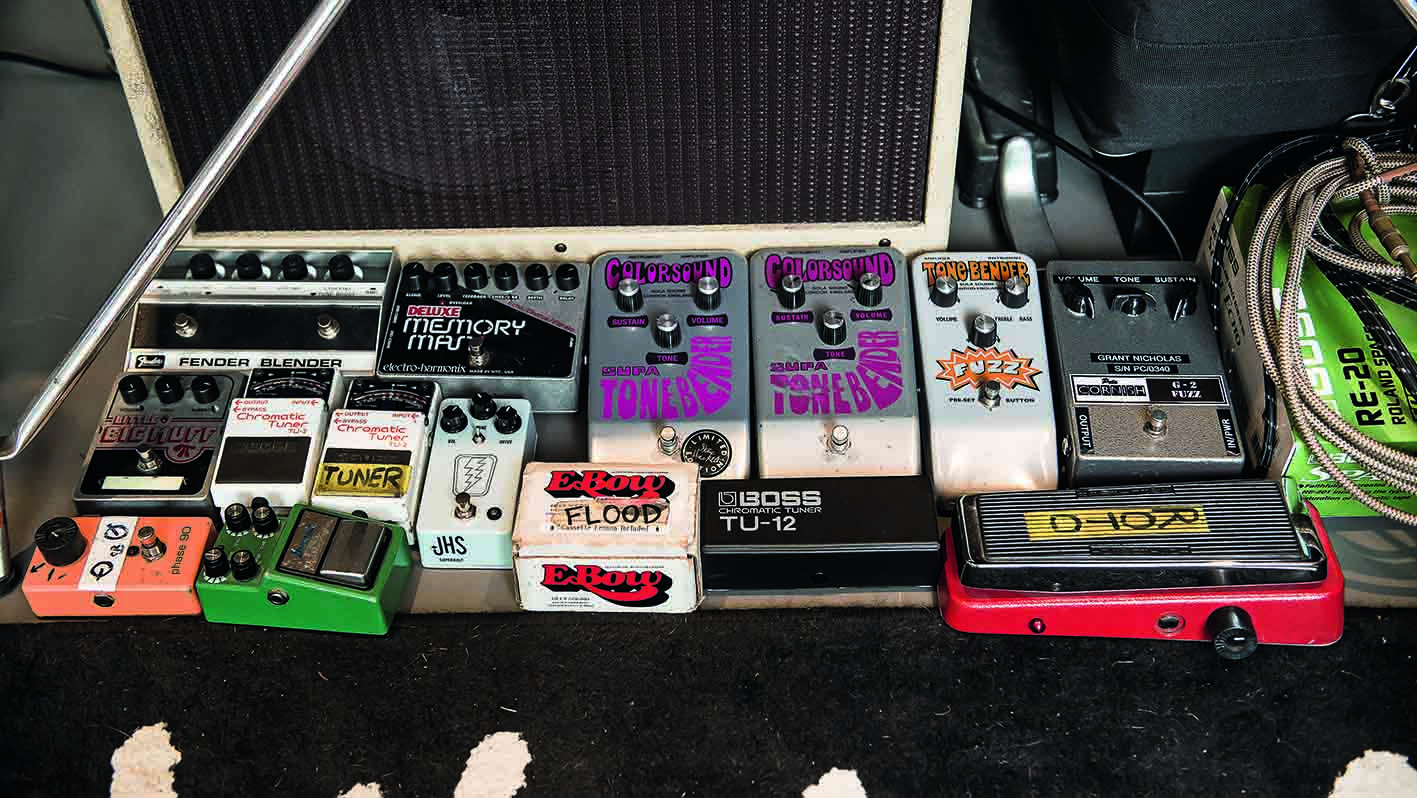
The effects pedals made by Boss have a permanent buffer built in, even when they're off, and make great line drivers
What's the basic problem with any effects set-up?
"If the guitar is loaded by the pedals, and/or cables, then it's not the same as plugging straight into your guitar amp. The rule of thumb is that when you feed one signal into something else then the input impedance of the receiving end should be 10 times higher than the output impedance.
"With a guitar this virtually never happens because the output impedance varies - that's the first problem. If you've got the volume control down a bit, the output impedance could be as high as 200,000 ohms (0.2meg), so that should feed into two meg ohms to keep to the rule. Most amps are one meg ohm, which is only five times higher, but that's good enough.
"However, if you then put a pedal in line... that's going to interfere even further. That's where the true bypass idea comes from; to disconnect that input impedance and go straight through. What that ignores is that now you've doubled the cable run, and when you kick the pedal in you still have the problem. How could you EQ your sound? For which position: in or out?
"The best thing is a line driver input stage - something that's always constant and is the same input impedance as your amp - because that isolates everything that comes after it. The effects pedals made by Boss have a permanent buffer built in, even when they're off, and make great line drivers."
Get the MusicRadar Newsletter
Want all the hottest music and gear news, reviews, deals, features and more, direct to your inbox? Sign up here.
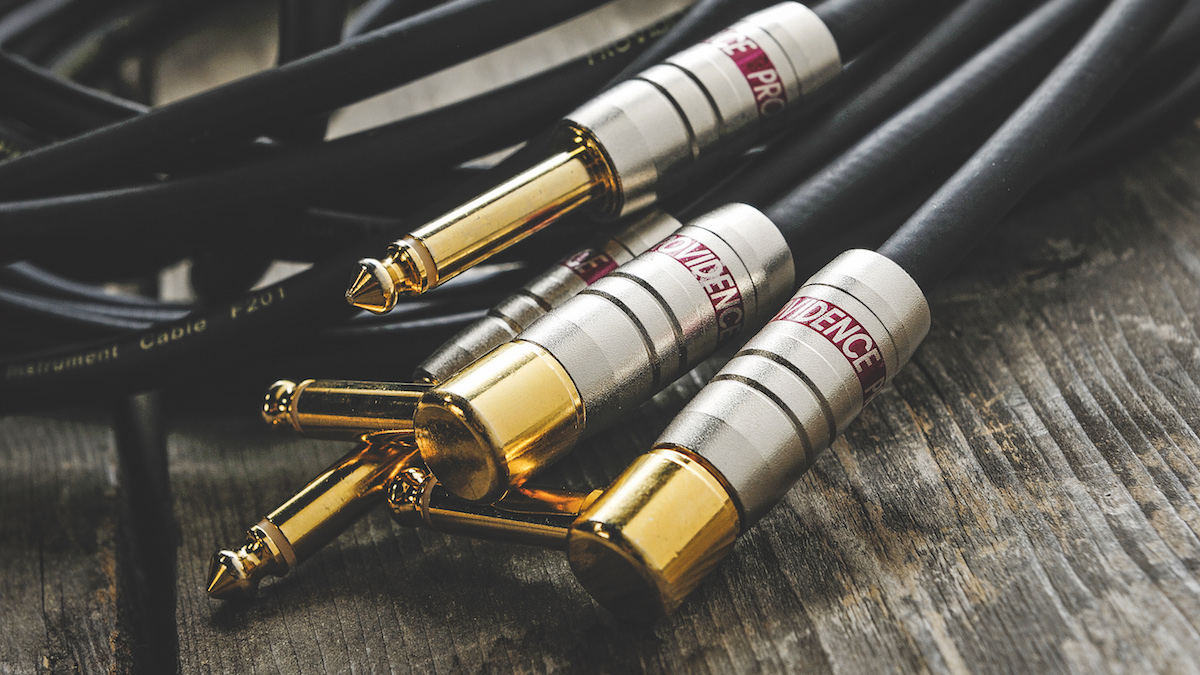
The shorter the cable, the less detrimental effect it will then have on the guitar
What's the problem with using a long run of guitar cable?
"The guitar cable is a small tone circuit. In your guitar there's a tone capacitor that's connected to a variable resistance (the pot). So you can isolate the capacitor (the tone full up) or put it across the pickup as you turn the control down. A capacitor has a low impedance at high frequencies, so the higher the frequency goes the more loading effect you get from the capacitor. Now, all cable has capacitance so the lower that capacitance - the shorter the cable, in other words - the less detrimental effect it will then have on the guitar."

"Put a level boost right at the end of your chain. That way it brings up any echo or chorus - or anything else - by the same amount"
What's the Cornish rule of thumb in regard to FX order?
"A compressor first, because that will even out the guitar's output. Any high-gain distortions come after that, then dropping down in gain as you go along. If you put higher-gain effects afterwards you don't get any difference in sound. If you have a low-gain distortion in front of a high-gain one you just get more gain, you don't get any difference in tone. Do it the other way around and the low-gain pedal acts as a tone boost - you can get the same volume but suddenly it sounds massive.
"Put a level boost right at the end of your chain. That way it brings up any echo or chorus - or anything else - by the same amount. If you put a level boost halfway, or at the front, all you do is get more distortion basically."
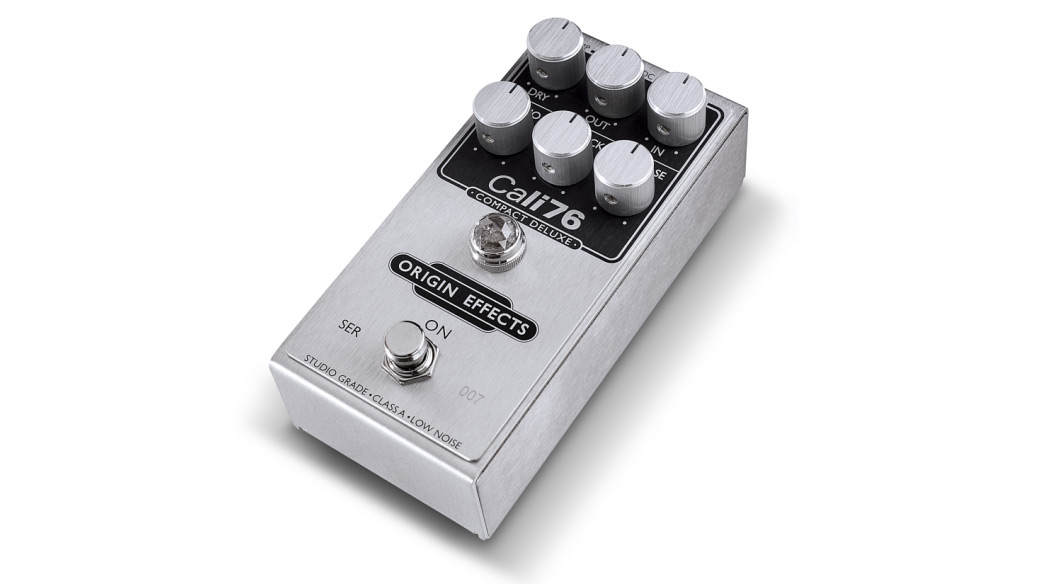
Many of us will run a level boost and maybe a distortion into the front end of the amp and then chorus and delay in the amp's FX loop.
"It can be the best way, but only if you can get the levels matched. A lot of amps have an FX loop but there's no level adjustment. That's what you need to look for: some way of matching the gains, both at the send and the return point.

I wouldn't use anything that wasn't soldered
How about leads?
"I wouldn't use anything that wasn't soldered. I used to do all the repairs for Ronnie Scott's because my first shop was in Long Acre in Covent Garden. Joe Pass came in with his 'broken' amp but I couldn't find a problem. Eventually we went down to the club, he plugged in with an unsoldered cable and that was the problem. I made him a new cable, soldered, and he was happy. Until then it was cutting out. I guess it was corrosion.
"You need to clean the plugs to free the tone! Micro-fibre cloth is good to clean plugs with. If it's really bad, metal polish or Duraglit - but don't use it too often or you'll wear off the plating."
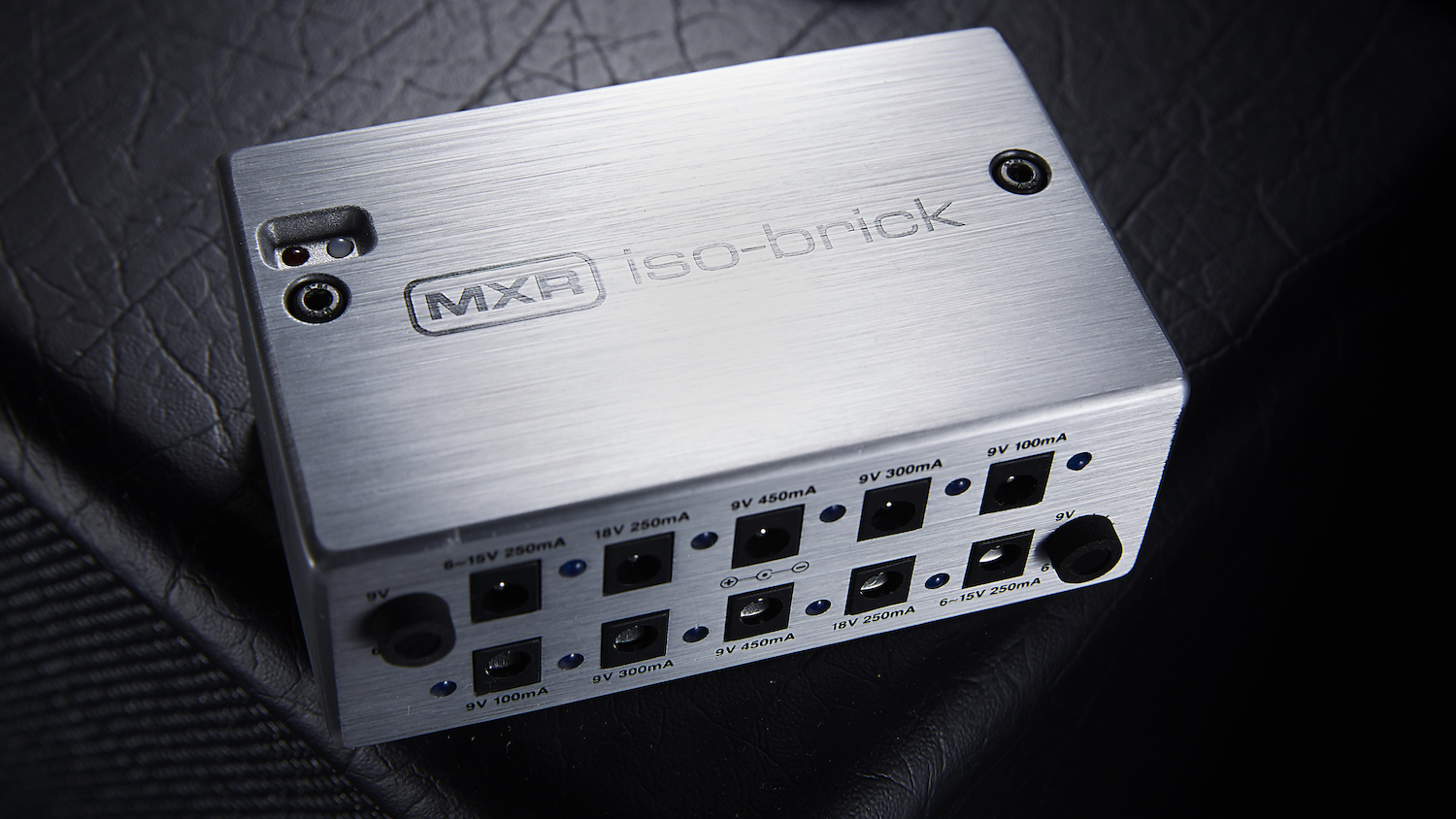
What about power distribution blocks?
"It is essential to use a separate power supply for each pedal, or you must use a power supply with isolated DC supplies. If you're using a common supply you're immediately putting in ground loops that will hum. If all your earths are joined, in the power supply, to each pedal and all the signal earths are joined by the jacks - you'll get ground loops."

If we are having problems with hum, what should we do?
"To test pedals, go back to using batteries because batteries cannot hum. Say you've got 10 pedals and you don't know where the problem is - get your guitar, plug it straight into your amp and check that's okay. Then add one pedal - the last one usually - get that right then add another and get that right. If there's a problem don't add any more: it'll only get worse. Fix it."
Would you suggest using loop selectors to introduce one or more effects into the signal chain?
"Yes, that's a good idea, so long as it has an input buffer so it doesn't change the sound when you kick in the loop. On that big Pink Floyd set-up we've got 24 loops, but when they're off it's as if the pedals aren't there."
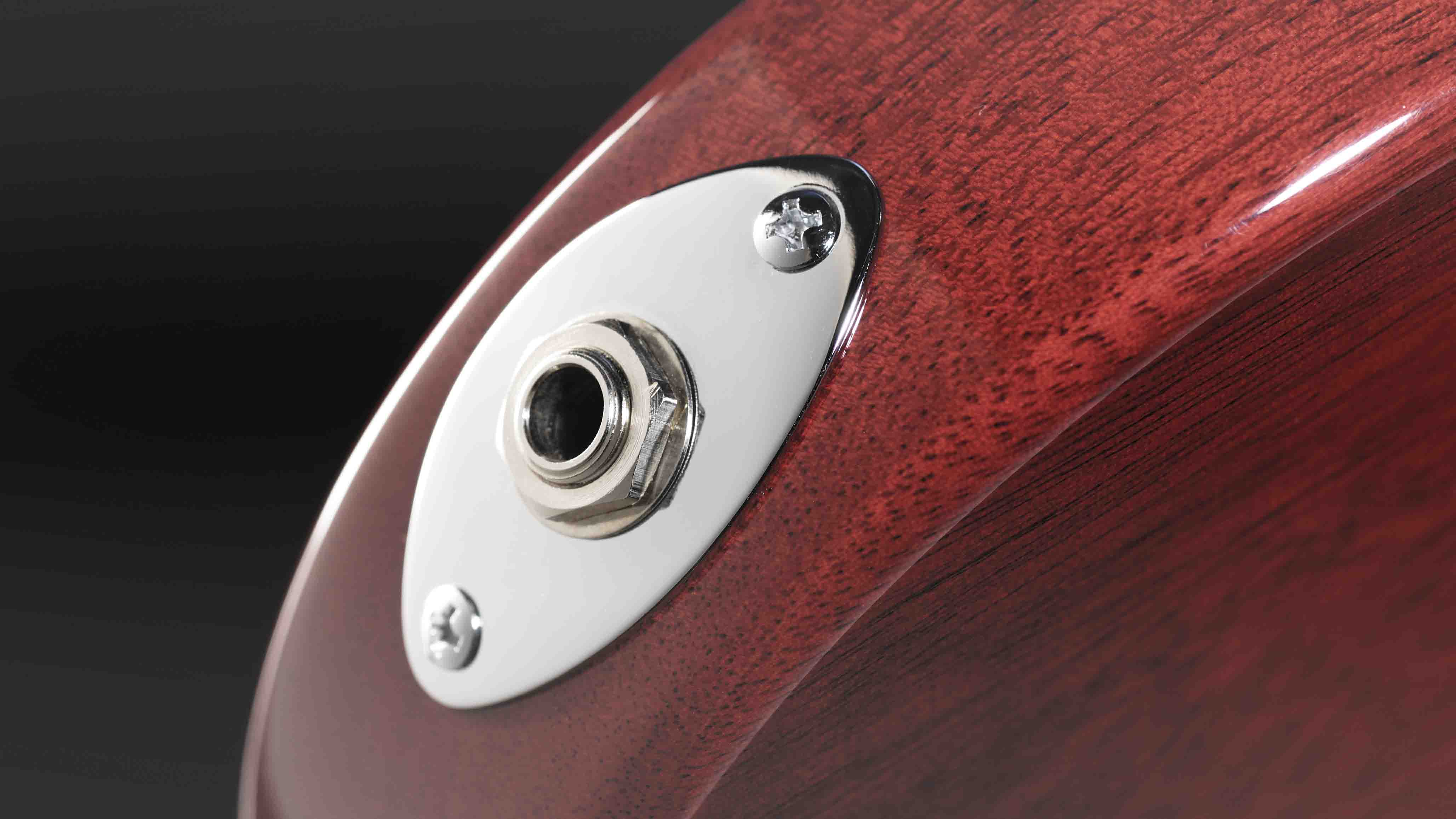
Why is it that sometimes a guitar buzzes until you touch it, and then it goes away?
"That's because your body is acting like a screen. Find out where your hum is coming from. Plug in your guitar and turn the volume off. If the hum goes away it's radio frequency (RF) getting into the pickups. If it doesn't, it may be how your cables are laying, never have your AC power and audio leads running parallel. There could be something under the stage that has a field. You might not be able to do anything about it at the time.
"What is really important is to use a separate AC line for each member of the band; don't share plug strips because it causes dreadful problems. Use the same feed for all your equipment. Don't suddenly decide to use another outlet for something else because you'll get problems."
For more info on Pete, check the Pete Cornish website.
MusicRadar is the number one website for music-makers of all kinds, be they guitarists, drummers, keyboard players, DJs or producers...
- GEAR: We help musicians find the best gear with top-ranking gear round-ups and high-quality, authoritative reviews by a wide team of highly experienced experts.
- TIPS: We also provide tuition, from bite-sized tips to advanced work-outs and guidance from recognised musicians and stars.
- STARS: We talk to musicians and stars about their creative processes, and the nuts and bolts of their gear and technique. We give fans an insight into the craft of music-making that no other music website can.
“A pedal that sings with harmonic richness and blooming touch response”: Tone King offers up boutique tube amp tones for your pedalboard with the Imperial Preamp
“Each and every unit is perfectly dialled in to the 'sweet spot' that can be so elusive to find in vintage pedals”: Pigtronix’s Gas Giant is a high-gain fuzz pedal with a FET-driven onboard noise gate










